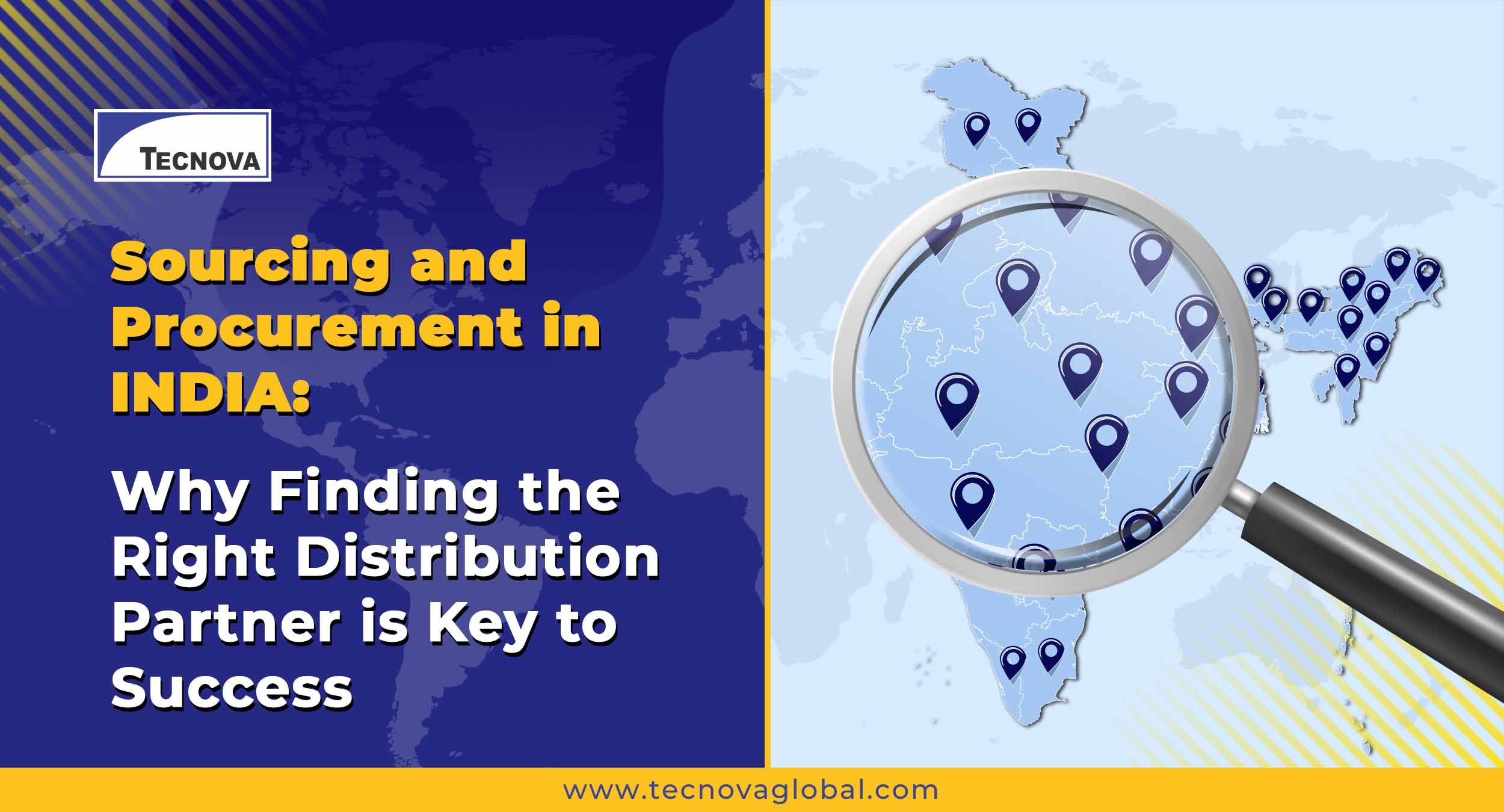Top 5 Tips for Exploring Business Opportunities in the Indian Market
India is the fastest growing major economy in the world today, and the recent developments have only opened new doors for companies to expand their presence and sales in India, at much lower risks.
It is a crucial decision for a business to choose the markets it wants to expand into, and also the timing and when to do so. If you are able to crack the formula, new market expansion can expose new revenue streams, catalyse user acquisition and drive forward towards profitability. A new venture foraying into the Indian markets, need to leverage onto the India’s Supply Chain.
- Get your basic tick boxes checked
- Market and competition assessment
- Legal & regulatory assessment
- Entry barrier assessment
- Can you compete with established local companies?
- Method of investment
- Should it be greenfield (setting up a new company in India), acquiring a business in India or a joint venture with an Indian company?
- Understand the DNA of Your Target Market
According to market research companies, critical mistake most organisations make when executing a new market entry strategy, are not knowing the unique dynamics of the new market. You need to thoroughly understand what makes the local population tick. You must also realise how the local consumers could be different from those in your ‘home market’.
Top strategy consulting firms do stress on the importance of senior management spending time overseas, to truly understand the fundamental changes that you will likely need to implement to appeal to the local market.
- Geography
It is recommended that small and medium-sized enterprises, should consider approaching India’s markets on a regional level. Good localized information is a key to success in such a large and diverse country. Where are the market leaders and trendsetters in India? And where to start? Multiple agents are often required to serve the various geographic markets in the country. You may choose not to totally ignore the border countries of Pakistan, Sri Lanka, Nepal, Bhutan, Bangladesh and Myanmar as well.
- Pricing
The Indian market is price sensitive, as many people need to spend judiciously. New-to-market businesses must address issues of sales channels, distribution and marketing practices, pricing and labeling, and protection of intellectual property. A market like India will ask for product modifications to cater to the Indian needs. While doing this you must keep an eye on your final price. It might be worthwhile developing your own manufacturing in India, so prices can adapt accordingly.
While developing a market entry strategy, time is a crucial factor. The building of an intelligence system and creating an image through promotion takes time, effort and money. Brand names do not capture the market overnight. Large investments in promotion campaigns are required. Transaction costs also are a critical factor in building up a market entry strategy and can become a high barrier to international trade.
Also, be vigilant about the taxes you end up paying. In India, under the constitution, various taxes can be levied by Central and State Governments, and by the local government bodies such as Principal taxes, State levies, other taxes, Transfer pricings and Custom duties.
- Long Term Growth
You will go totally wrong if you apply a standard global template to the Indian market. Draw a detailed roadmap for an entry to India and design the organisation to execute on the ground. With time-bound milestones and regular review mechanisms, your go-to-market strategy is an implementable action plan to get you up and running and en-route to success in India. However, do not think of making a quick buck. Plan a long-term strategy instead.
References:
https://hbr.org/2016/10/two-ways-to-break-into-indias-consumer-market
https://yourstory.com/2015/08/tips-to-market-entry/





.png)







.png)






.jpeg)

















.png)

.png)









.jpg)




.jpg)























































